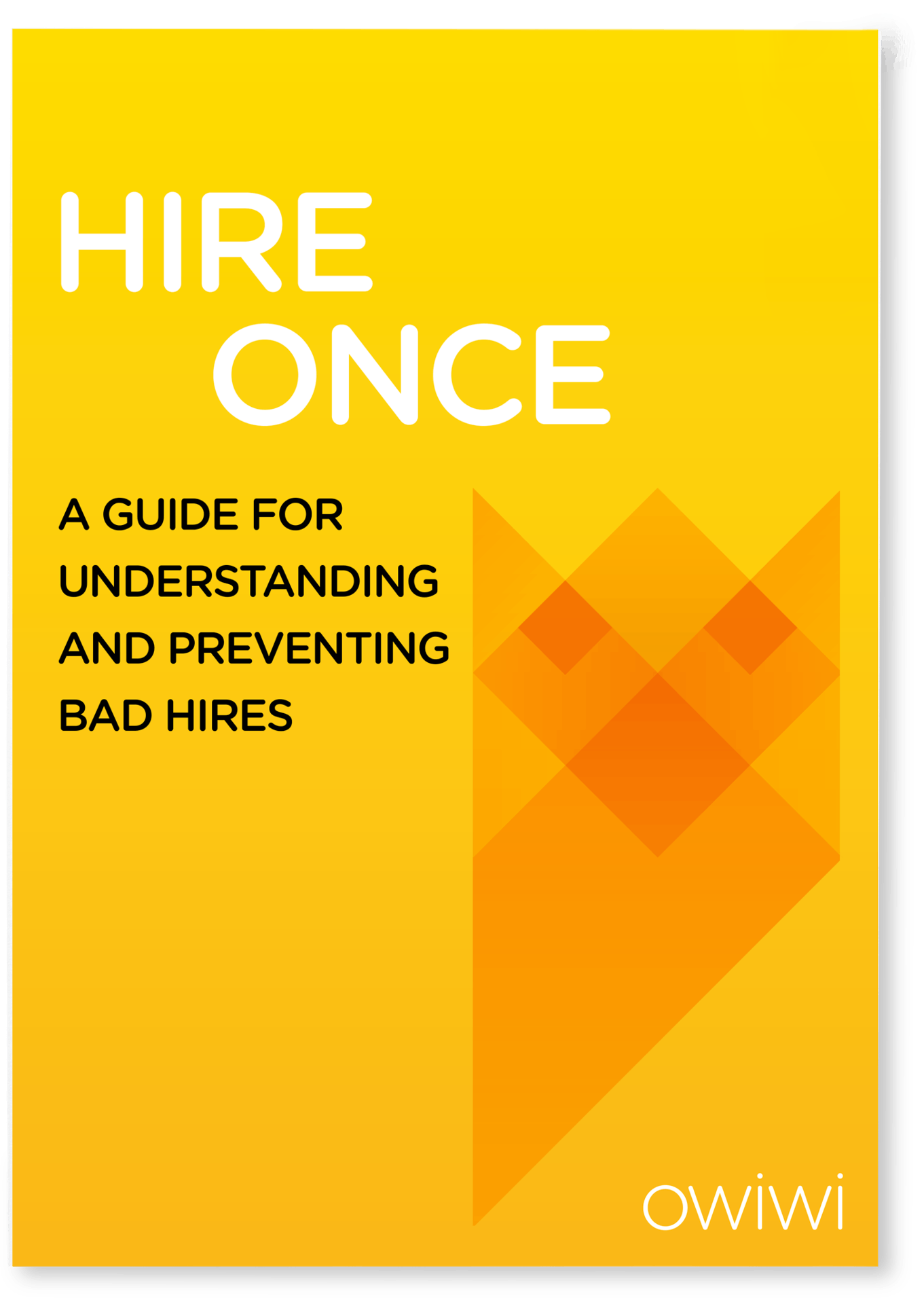No manager likes to deliver negative feedback to his employees. Its an uncomfortable situation to be in and many tend to worry about how the employee might react. But as they say “Feedback is a manager’s strongest tool, if used properly”. If given in a constructive and thoughtful way, negative feedback helps to increase employee engagement and performance.
“Nonsense!” some of you will say. But hear us out first! We will try to prove you wrong.
One of the many responsibilities a manager has is to deliver negative feedback in a constructive way, that will make the employee understand that it’s meant to help improve his performance. Surely if the feedback is delivered in a wrong way, employees will be unresponsive. But even worse than that are cases where employees don’t receive ANY feedback at all leading them to feel overlooked and unrecognized.
Let’s look at some tips that will help the managers share their feedback in the most productive way.
#1 Never Delay Negative Feedback
The best practice is to give feedback on the spot, real time, as the employee will easily connect it to the situation. There is no “right moment” to give negative feedback, so there is no point in waiting. Delaying the discussion will only result in you gathering and internalizing all the problems; which will most likely manifest at some point, in an unfair outburst toward poorly performing employees. Moreover, by pointing out too many flaws or complaints at the same time – will only further discourage the employee and make him feel lost, not knowing how to start working on his issues. The point is not to demoralize the employee but to empower them to get better!
#2 Always Praise First

Point out some positive characteristic of an employee at the start. It will give the right vibe and a foundation to continue with any negative feedback. The idea behind the effective feedback is to focus on positive aspects, while at the same time pinpointing areas of improvement.
#3 Get to the Roots of an Issue
We all have our own side of a story regardless of the situation. Let the employee tell his own side of the story first and ask questions that will lead to the root of the problem. By asking questions like “How did you approach the situation and why in that way?” or “How did you come up with a solution like that?” you will gain a better picture of their thought process. In this way the employee might understand his own mistakes during this session and come up with a solution with any additional inputs.
#4 Listen before you speak
Everyone appreciates the chance to be heard. Some people can’t even accept the incoming information until they are heard out. The idea behind the constructive feedback is to make the employee believe that you understand him, willing to help and solve the issue.
You will be surprised with what you might hear, as most of the people know what problems they have. If you are lucky the employee will do the job for you. By asking something like “What do you think could be done differently?” you will lead the discussion to the solution and maybe even a specific plan of actions for the improvement.
#5 Be willing to accept feedback, too.
Last but definitely not the least… Feedback should always be two-sided. Encourage your employees to provide feedback to you. Observations from your employees might be the most valuable insights that you might have. Make sure though you don’t ignore it, but implement it indeed.
Wrapping up
It’s your duty as a manager to deliver honest feedback to your employees, especially when they are not performing their best.
Things to remember to make your feedback as constructive as it can be!
- Don’t delay sharing feedback! (Whether its negative OR positive!)
- Help your employees to understand the root of the problem, it will help them to come up with a solution on their own that they are more likely to follow through.
- Give your employees the chance to speak and be a good listener!
- Help employees to understand that you are here to help them and are willing to support them in overcoming their areas of improvement.
- Be honest, thoughtful and compassionate, it will make the employees receptive and you will see that delivering the negative feedback is not that hard.
That’s all folks!










